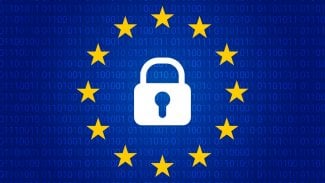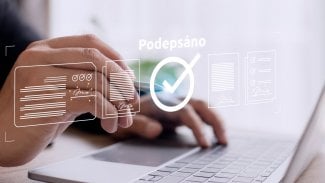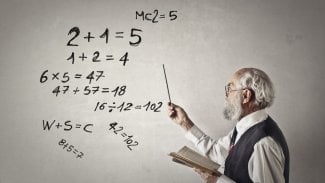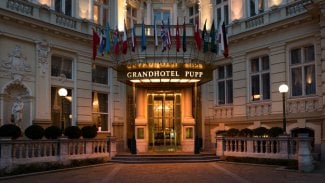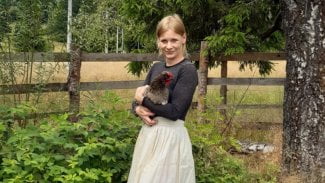ppmntsc
NAME
ppmntsc - make a portable pixmap look like taken from an American TV
SYNOPSIS
ppmntsc
[
--pal
] [
--legalonly
] [
--illegalonly
] [
--correctedonly
] [
--verbose
] [
--debug
] [
infile
]
Minimum unique abbreviations of options are acceptable.
DESCRIPTION
This program makes colors legal in the NTSC (or PAL) color systems.
Often, images generated on the computer are made for use in movies
which ultimately end up on video tape. However, the range of colors
(as specified by their RGB values) on a computer does not match the
range of colors that can be represented using the NTSC (or PAL) systems.
If an image with "illegal" colors is sent directly to an NTSC (or PAL)
video system for recording, the "illegal" colors will be clipped. This
may result in an undesirable looking picture.
This utility tests each pixel in an image to see if it falls within
the legal NTSC (or PAL) range. If not, it raises or lowers the
pixel's saturation in the output so that it does fall within legal
limits. Pixels that are already OK just go unmodified into the
output.
Input is from the file named
R input .
If
input
is
R - ,
input is from Standard Input.
If you don't specify
R input ,
input is from Standard Input.
Output is always to Standard Output.
This program handles multi-image PPM input, producing multi-image PPM
output.
OPTIONS
--pal
Use the PAL transform instead of the default NTSC.
--verbose
Print a grand total of the number of illegal pixels.
--debug
Produce a humongous listing of illegal colors and their legal counterparts.
NOTE: This option may produce a great deal of output.
--legalonly
Output only pixels that are already legal. Output black in place of pixels
that are not.
--illegalonly
Output only pixels that are illegal (and output them uncorrected).
Output black in place of pixels that are already legal.
--correctedonly
Output only pixels that are corrected versions of illegal pixels. Output
black in place of pixels that are already legal.
SEE ALSO
AUTHOR
Wes Barris, Minnesota Supercomputer Center, Inc., Bryan Henderson
